Determining Available Space In Your Backyard For A Pool
 If you’re thinking about buying a pool but your backyard is small or occupied by obstructions to building, and you’re wondering how to determine the space available you have, you’re in the right place.
If you’re thinking about buying a pool but your backyard is small or occupied by obstructions to building, and you’re wondering how to determine the space available you have, you’re in the right place.
Of course, you can contact Osterhus Outdoors directly for a site evaluation (if you live in our work area), but, if you read on, you may find your questions answered here.
There are a number of things to consider when measuring available space for a pool.
- Property Setbacks, Easements, and HOA Restrictions
- Foundation Of Buildings
- Septic System
- Room For Machines Used By Builders
- Trees
Other things that may be of concern to you such as rock, slope, and underground utilities will be discussed at the end.
Property Setbacks, Easements, and HOA Restrictions
Property setbacks, easements, and HOA restrictions are similar, though not the same. What they have in common is that each is a restriction on where construction can take place on your property, and each is arbitrary. Because they are arbitrary, they differ depending on where you live, or may not apply to you at all.
Property Setback
A property setback is a distance from a property line restricted from certain types of construction. Laws for property setbacks are usually arbitrated by your local municipality or county. If you want to know what setbacks your property has, check the plot plan for your house first. Otherwise, look to your county. Check their website or call the planning/inspections office. If you don’t want to concern yourself with it, know that Osterhus Outdoors checks for setbacks anyways when applying for building permits from county and/or city governments.
Setbacks from side property lines sometimes differ from that of the rear property line. For example, the property setback for the sides (not the front or rear) may be 3’ while the setback for the rear property line might be 10’.
Property setbacks for pool building apply to the pool, not the pool deck.
Easement
Easements are similar to property setbacks, though they aren’t necessarily created by a government, and they don’t always run along property lines. An easement can be created by an owner of a property upon transfer of ownership to someone else. For example, a real estate developer who owns several lots in a neighborhood may set aside a portion of those properties as an easement, meaning the developer has rights to that portion of property even after it is purchased by the homeowner.
 The man in this photograph, the homeowner, stands along the edge of an easement. The easement is the portion covered with pine needles. It extends 20’ from where he stands to the road behind his property. The easement is part of his property. He can walk on it, sit on it, or sleep on it, but he is not allowed to build on it or change the landscape.
The man in this photograph, the homeowner, stands along the edge of an easement. The easement is the portion covered with pine needles. It extends 20’ from where he stands to the road behind his property. The easement is part of his property. He can walk on it, sit on it, or sleep on it, but he is not allowed to build on it or change the landscape.
Another type of easement relevant here is a utility easement. As the name implies, a utility easement is an easement created by a utility provider which runs along the lines of a utility. An example of this is a 3’ easement running along an underground electrical line which restricts from digging. Not all utilities come with easements. More on utilities later.
Both types of easements just mentioned can typically be found on the plot plan that comes with the deed/title for a house. Information on easements may also be found in Geographical Information System (GIS) data. More than likely, your county has a GIS website.
HOA Restriction
HomeOwners Associations also often have rules on property relations that affect where pools can be placed (as well as what type of fence can go around it). For example, your HOA may require your pool be placed directly behind your house–not to the side.
Foundation of buildings
So that digging the pool hole does not weaken the foundation of nearby structures, the pool must be at least as far from the building as it is deep. This is because of the angle at which earth beneath a structure extends outward in supporting the structure. This angle is known as the angle of repose. The angle of repose extends outward from the base of a structure such that the ground beneath a square building that actually supports the weight of the building has the shape of a pyramid.
The angle of repose is not an arbitrary measure, though it does change depending on the supporting material. For example, clay has a different angle of repose than sand. If you live in the piedmont of North Carolina, the angle of repose for the ground beneath your house is in the vicinity of 45°.
A 45° angle is a slope of 1/1, and so it is that an 8’ deep pool must be at least 8’ from your house, though at Osterhus Outdoors we add a one foot buffer to that = 9’ from your house.
Septic system
The law in North Carolina states a pool cannot be closer than 15 feet to a septic system, that is: septic tank, septic lines, and septic repair area. If you’re not sure where your septic system is, you can contact your county health department or the company who installed your septic system for a record or locating.
Know that it is possible to have a septic system moved, granted you have space to move it to.
If you are on a city or community sewer system, the septic tank, lines, and repair area are typically not something to concern you. That is not the case if the city added water/sewer to a house already having a septic system. These city systems may pose a problem, however, if there is a sewer clean out in your yard, in which case you will need to find where the line from your house to the clean out is as a pool cannot be placed on top of it.
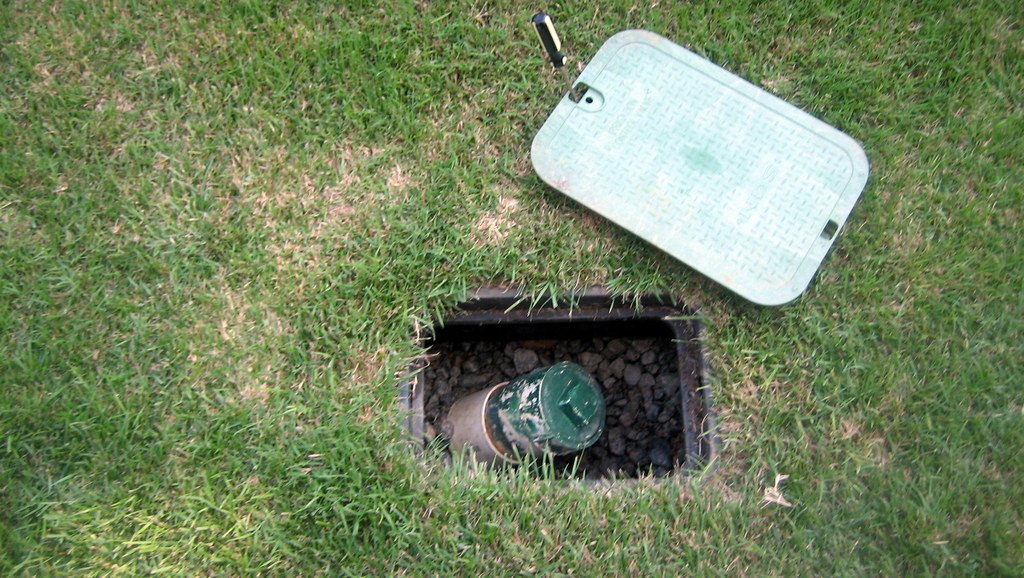 City sewer clean out
City sewer clean out
Room for machines used by builders
Osterhus Outdoors needs at least 6 feet of space on each side of the pool for small machinery and 8 feet on one long side and one short side for large machinery, that is 14 feet plus width of the pool, 14 feet plus length. So, if you are looking to buy a 30’ x 12’ pool, you need at least an area 44’ x 26’ of free space.
 In this photo, there is enough room for a pool between the stone retaining wall on the left and the house without disturbing the angle of repose under the house, but not both the wall and the house. In any case, there isn’t enough room for machines to maneuver around the pool for installation. The homeowners must find another spot for their pool. Or, they must take the wall down, and rebuild it after installation.
In this photo, there is enough room for a pool between the stone retaining wall on the left and the house without disturbing the angle of repose under the house, but not both the wall and the house. In any case, there isn’t enough room for machines to maneuver around the pool for installation. The homeowners must find another spot for their pool. Or, they must take the wall down, and rebuild it after installation.
Trees
Osterhus Outdoors recommends your pool be no closer than 10 feet to large trees. Small trees and shrubs are not so much a concern. It’s trees with roots large enough to easily break through concrete to look out for.
Example yard:
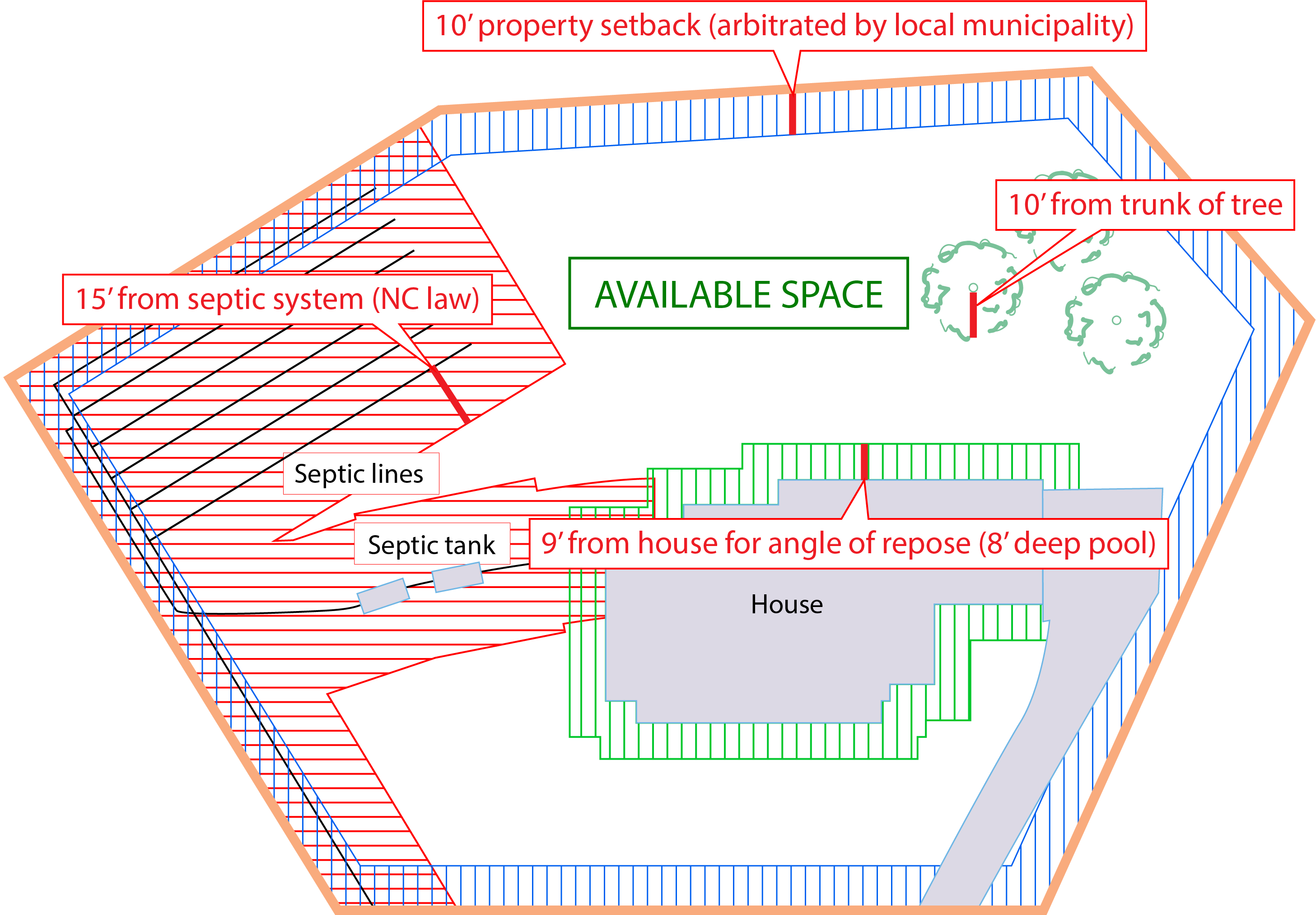
Things in your yard that do not obstruct from pool building
Slope
Slope can slow down the pool building process but it seldom prevents pool construction. Yards commonly require some amount of grading to level the area of pool installation. Often, excavated dirt from the pool hole is more than enough to level part of a slanting yard. If the slope is too steep for this fix, the solution is to build a retaining wall. Walls can be on the high side of the slope, or on the low. Some like to have two walls splitting the difference. Unless you live on the side of a mountain, slope will not stop you from getting the pool you want.
 The slope in this yard is too steep not to have a retaining wall.
The slope in this yard is too steep not to have a retaining wall.
Tip: people find benefit in a wall as seating when on the high side of a slope.
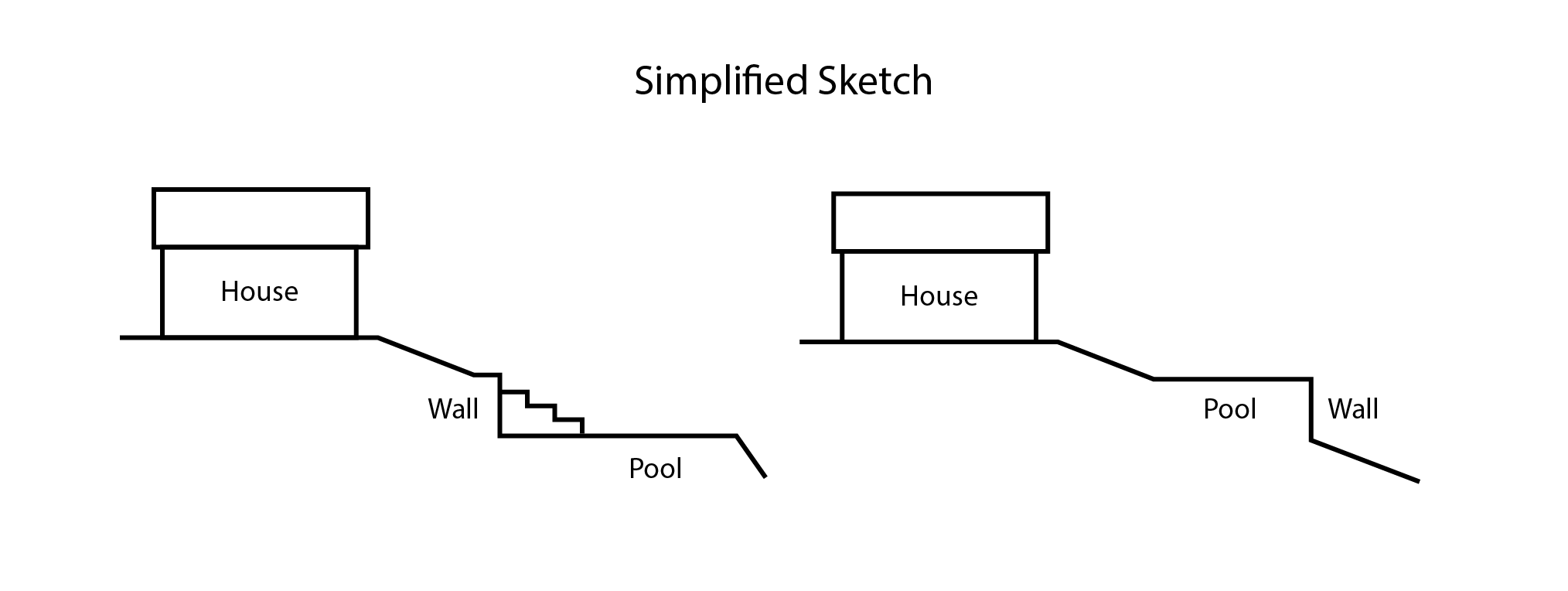
Underground Utilities
Most underground utilities do not prevent pool building as they can easily be moved. Osterhus Outdoors calls the utility notification center for locating utilities on a job site before any construction begins. If a utility is in the way, and is movable, moving it should happen before installation. Moving the utilities falls to the provider though such an action is for the homeowner to request.
Rock
For certain, rock is a hindrance to digging a pool, but it doesn’t make digging a pool impossible. If the rock necessitates the use of special equipment, it can add extra cost.
Irrigation Systems
Irrigation systems are hardly an obstacle for pool installation. The main question a pool customer may be concerned with is: How will my irrigation work if a pool hole is dug through a portion of it? An answer to this will require knowledge of the system. This could mean a conversation with the company who installed it.
If you have any questions, or if we left anything out, feel free to comment or message us, OR…
Ready to start your backyard transformation?
Experienced, dedicated professionals waiting to turn your dream into reality!
We are a family owned and operated small business specializing in customized pools built with quality and care.
2 Comments
Leave a Comment Cancel Reply
Related Posts
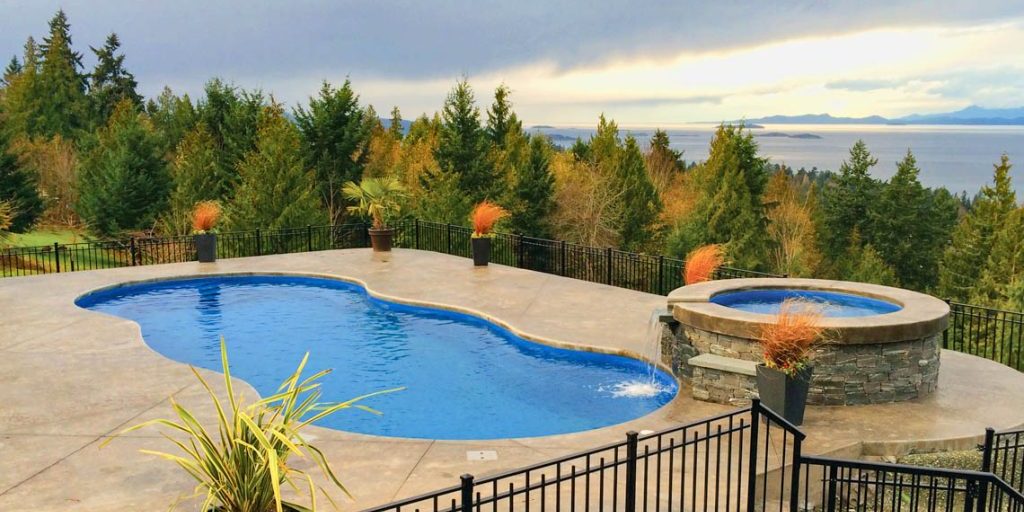

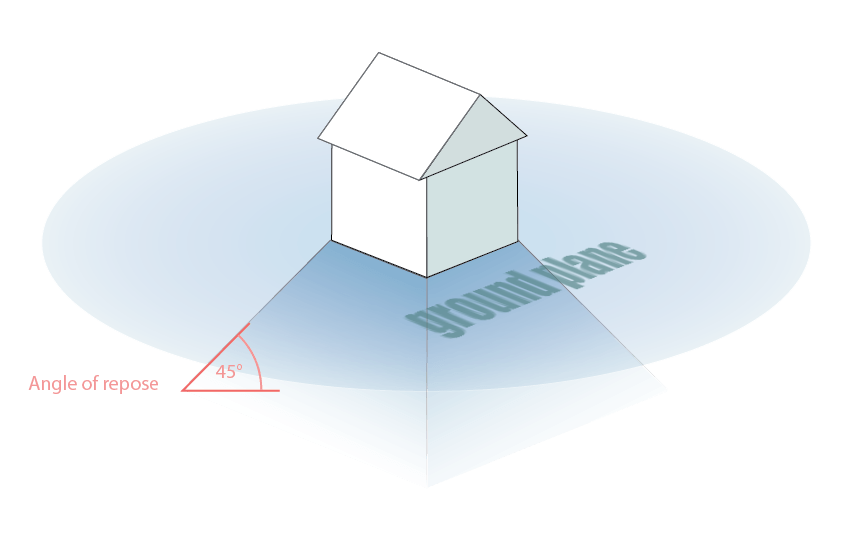
Great information, very helpful!
Great information to know!
Thanks!